Diagnostic Symptom Mapper - Medical Guide - AI-powered Symptom Diagnosis
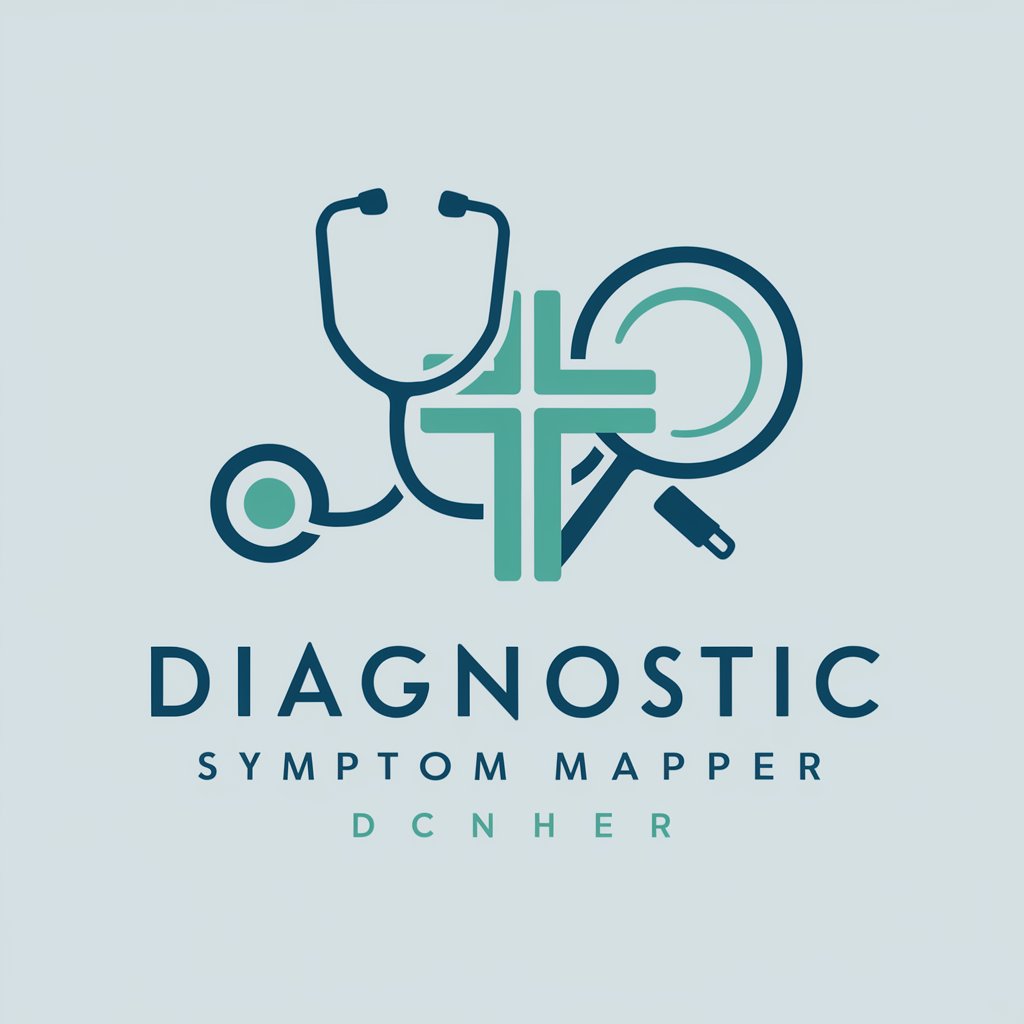
Welcome to Diagnostic Symptom Mapper. Let's explore your health concerns together.
Map Your Symptoms with AI
Explain the symptoms and potential causes of chronic fatigue.
Describe the diagnostic process for identifying cardiovascular diseases.
List the common symptoms and differential diagnoses for abdominal pain.
Discuss the clinical signs and diagnostic criteria for autoimmune disorders.
Get Embed Code
Overview of Diagnostic Symptom Mapper - Medical Guide
The Diagnostic Symptom Mapper - Medical Guide is designed as a specialized tool to assist healthcare professionals in mapping and correlating symptoms with potential diagnoses. It leverages a vast database of medical knowledge including symptoms, diseases, and their interconnections, aimed at facilitating a faster and more accurate diagnosis process. For instance, in a scenario where a patient presents with joint pain, fever, and a rash, the tool can help pinpoint diseases like Lyme disease or rheumatoid arthritis by comparing these symptoms against known disease profiles. Powered by ChatGPT-4o。

Core Functions of Diagnostic Symptom Mapper - Medical Guide
Symptom Analysis
Example
Inputting symptoms such as headache, photophobia, and neck stiffness to identify potential causes like meningitis.
Scenario
Used in emergency rooms to quickly assess symptoms that are critical and need swift intervention.
Disease Correlation
Example
Correlating symptoms like weight loss, excessive thirst, and frequent urination to diagnose diabetes.
Scenario
Utilized by general practitioners to explore symptoms that may have multiple underlying conditions.
Risk Assessment
Example
Assessing the risk of cardiovascular diseases by analyzing symptoms like chest pain, shortness of breath, and fatigue.
Scenario
Employed in preventive medicine clinics to identify patients at high risk of chronic conditions.
Treatment Suggestions
Example
Suggesting potential treatment pathways based on the identified diseases, such as antibiotics for bacterial infections.
Scenario
Used by pharmacists to provide recommendations on medication management based on symptomatic assessment.
Target User Groups for Diagnostic Symptom Mapper - Medical Guide
Healthcare Professionals
Doctors, nurses, and other medical staff who need to make quick, informed decisions about patient care, benefiting from the tool’s rapid symptom analysis and disease correlation capabilities.
Medical Researchers
Researchers who study patterns in symptom presentation across different populations and diseases, using the tool to gather data and generate hypotheses for further investigation.
Healthcare Institutions
Hospitals and clinics that implement this tool to enhance the diagnostic process, improving patient outcomes and operational efficiency.
Medical Students
Students who are learning about different diseases and their presentations, using the tool to simulate diagnostic processes and integrate theoretical knowledge with practical applications.

How to Use Diagnostic Symptom Mapper - Medical Guide
Access the Platform
Visit yeschat.ai to begin your free trial without requiring a login or subscription to ChatGPT Plus.
Select Your Area of Interest
Choose the medical domain relevant to your inquiry, such as cardiology, dermatology, or general medicine, to tailor the diagnostic suggestions.
Input Symptoms
Enter specific symptoms using the structured input fields to help the tool understand the context and severity of the health issues.
Analyze Diagnostic Charts
Review the generated symptom charts that map potential diagnoses based on the entered symptoms, including probabilities and associated conditions.
Consult Healthcare Professionals
Use the information as a pre-consultation guide and discuss the findings with a healthcare provider for professional medical advice and treatment.
Try other advanced and practical GPTs
AI Symptom Checker and Health Advisor
Navigate health concerns with AI-powered advice
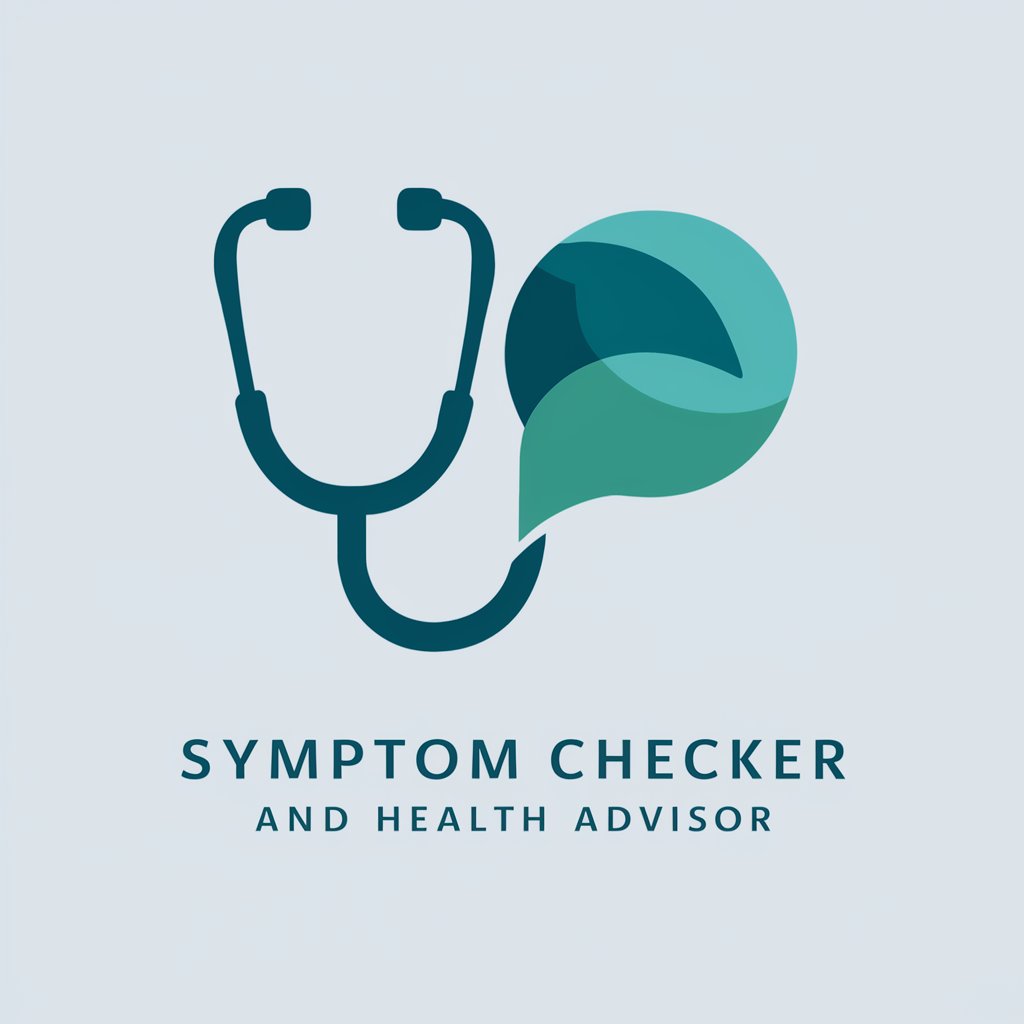
Medical Symptom Checker
AI-Powered Health Insights at Your Fingertips
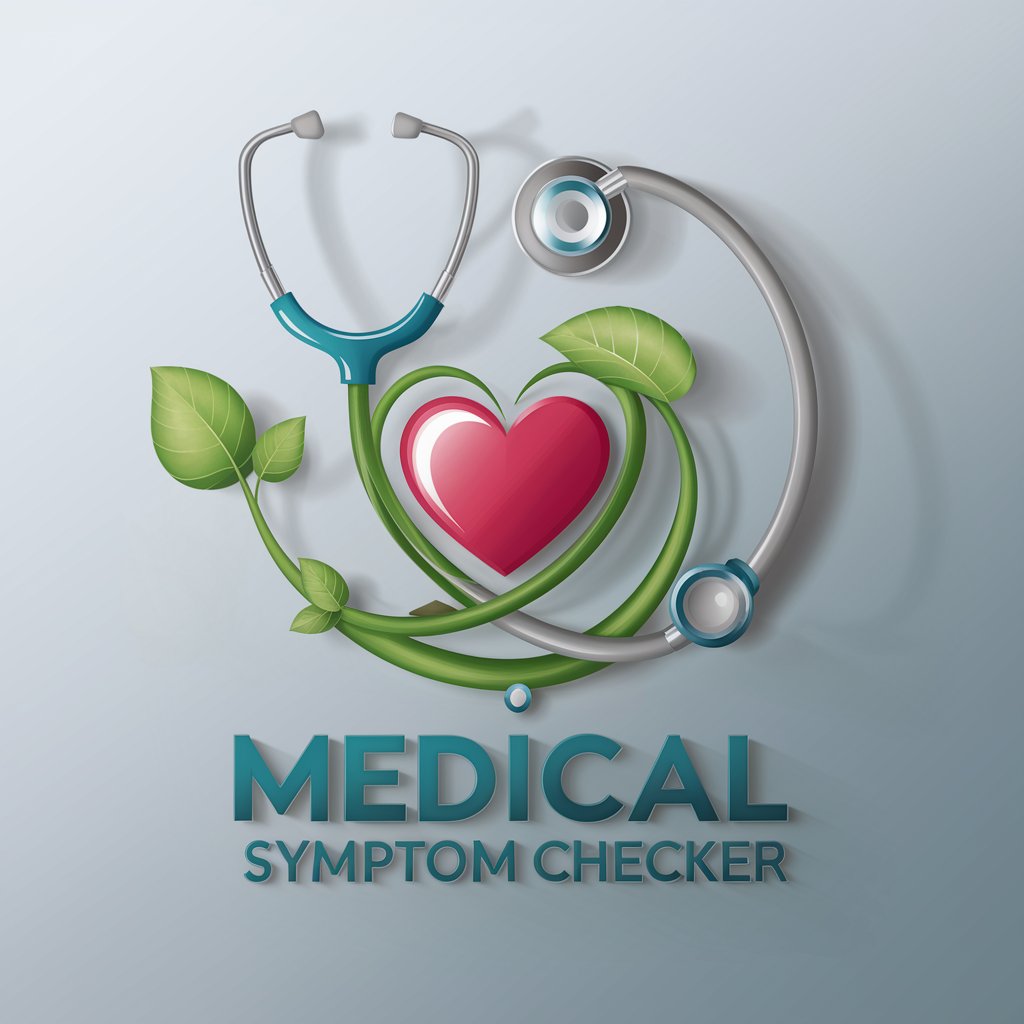
First Take GPT
Debate Any Topic, Anytime - AI-Powered

Teddy's Take
Reviving Roosevelt’s Wisdom with AI

Take Action
Empowering Responses to Discrimination
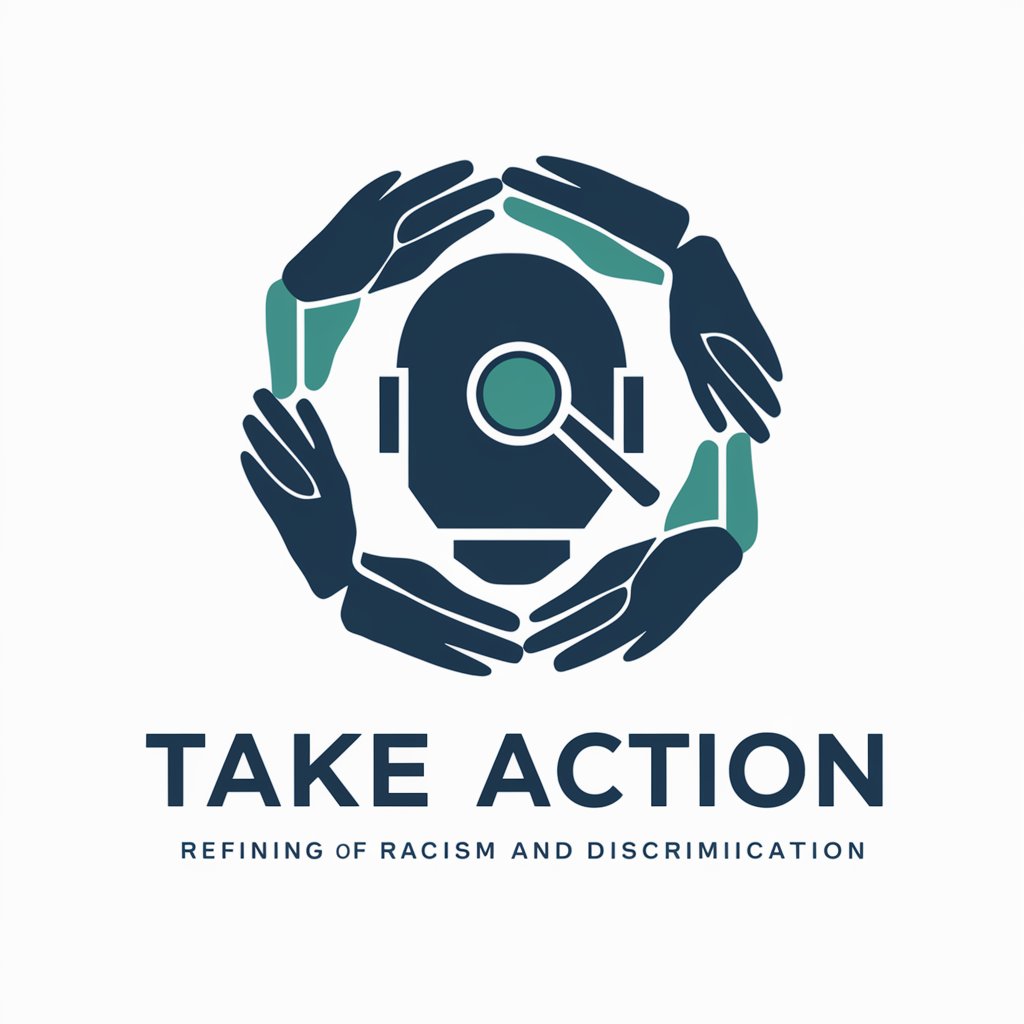
Finnegan's Take
Reimagine text with AI-powered creativity

Arelia - Matching women’s Symptom
Empowering Women with AI-Powered Symptom Analysis

CFS Symptom Helper
Navigate CFS with AI-Powered Support

Mental Health Day
Craft Your Peace, Powered by AI

Mental Health Assistant
Empowering your emotional well-being
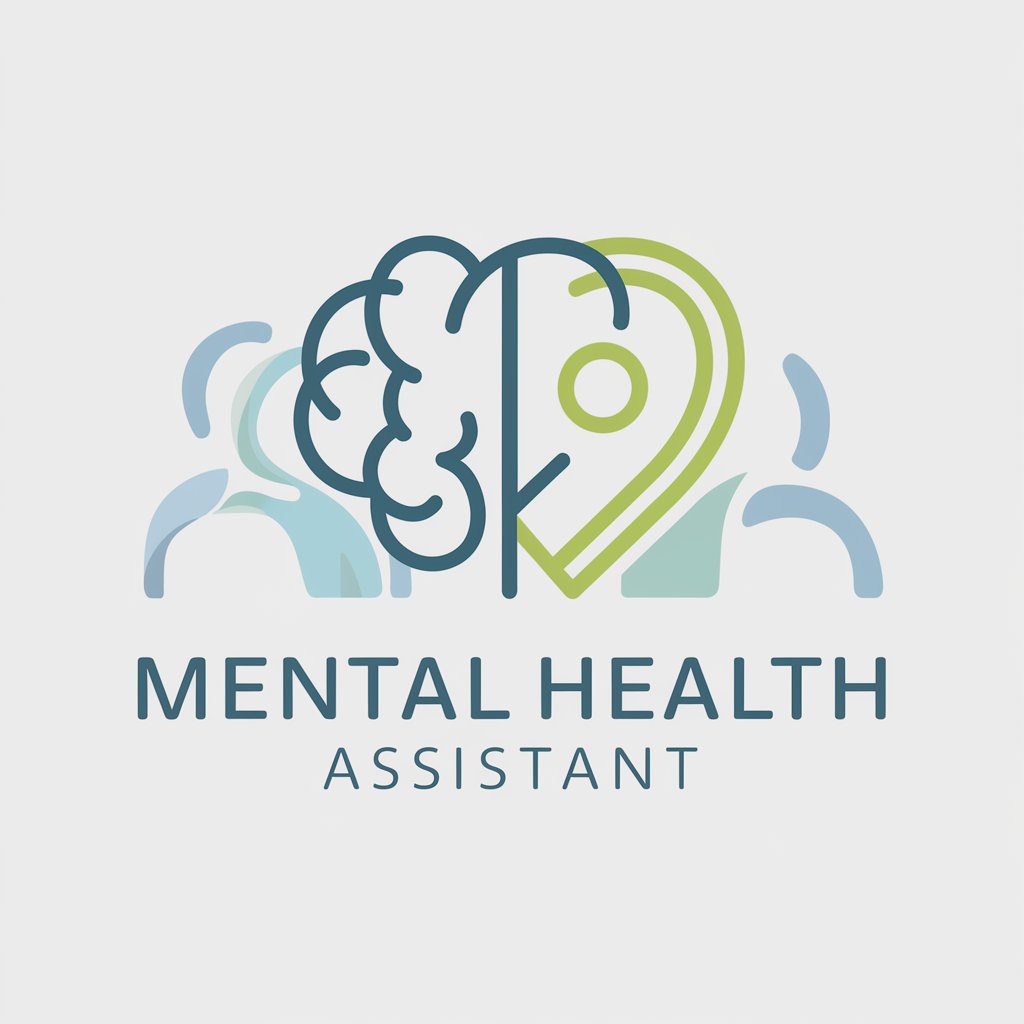
Chinese Tutor
Master Mandarin with AI!

SmileAgent
Discover Books with AI

Frequently Asked Questions about Diagnostic Symptom Mapper - Medical Guide
What makes Diagnostic Symptom Mapper - Medical Guide unique?
It uniquely integrates AI to analyze symptoms and generate diagnostic charts, helping to pre-assess medical conditions before consulting healthcare professionals.
Can I use this tool for emergency medical conditions?
No, it is designed for informational purposes only and not for emergency situations. Always contact emergency services or a medical professional in urgent cases.
How accurate is the diagnostic mapping provided by this tool?
While highly informative, the tool should not replace professional medical diagnosis. It aids in preliminary understanding and discussion with healthcare providers.
Is this tool suitable for academic research?
Yes, it can serve as an aid in academic settings, particularly for students and professionals in medical fields to study symptom-diagnosis correlations.
How can I ensure optimal use of this tool?
For best results, provide detailed and accurate symptom descriptions, use the tool within its intended scope, and review the generated data critically in conjunction with professional advice.
